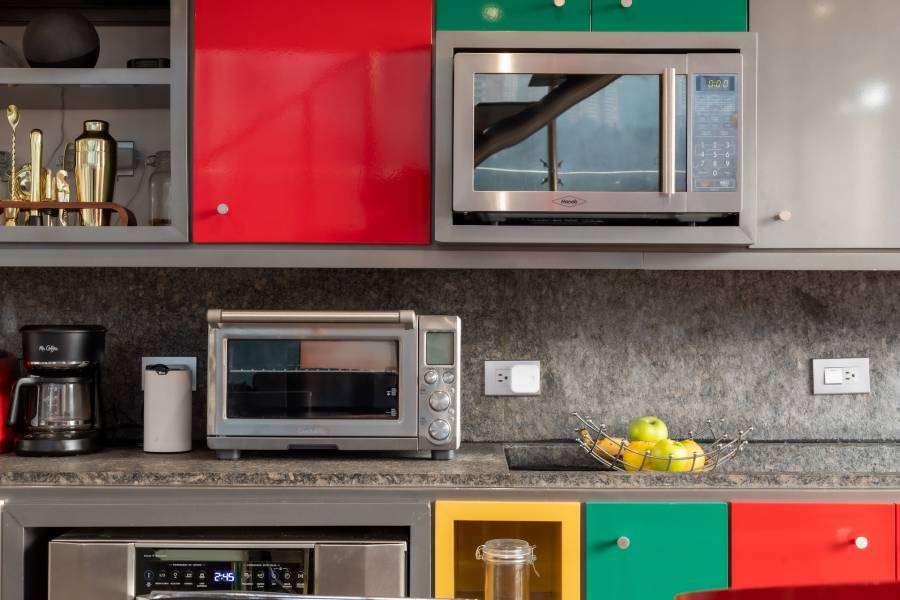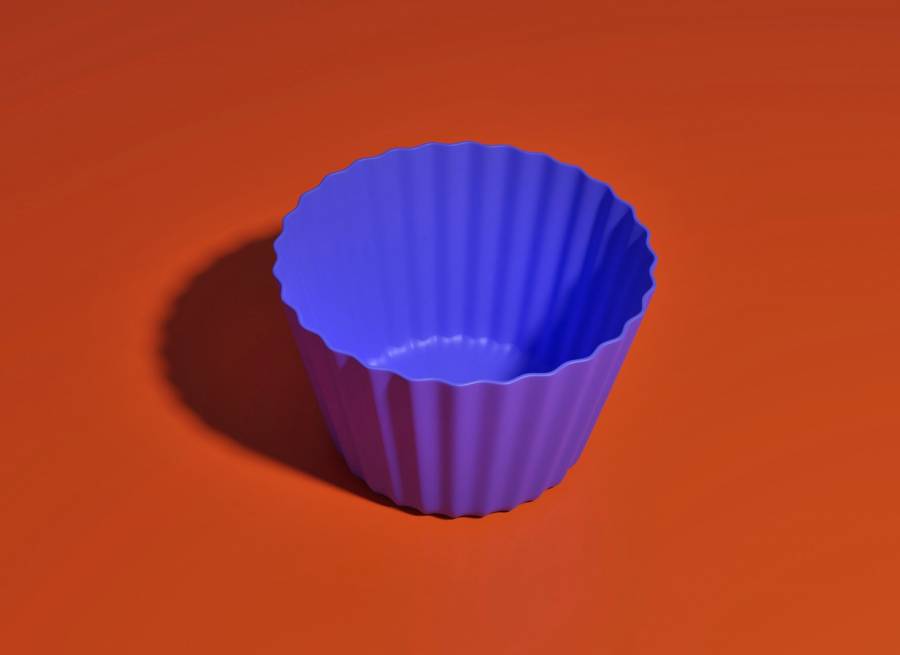Microwaves are considered one of the most essential kitchen appliances. Microwaves are mainly used to reheat food to ensure they are edible.
This process involves putting food in a container before heating them up. That said, it is vital to consider the type of container used.

A Polypropylene (PP) container is one of the most commonly used containers for reheating food in microwaves. However, it’s necessary to consider if a PP container is microwave safe.
Plastic products are designed for microwave use, but not all plastic products are microwave safe. So, here is the question; is Polypropylene (PP) microwave-safe? Find out in this guide.
About Polypropylene Plastic Products
Plastics are one of the most used materials for microwaving food. This is due to the fact that they are readily available and allow the easy transmission of microwaves.
As good as plastics are for microwaving food, not all plastics are good for use in a microwave oven.
Plastics have complex synthetic compounds and can be used in a variety of situations.
There are several types of plastic products that allow the transfer of microwaves into food. For instance, plastic containers made from polypropylene are generally considered microwave-safe.
Polypropylene (PP) is extruded into plastic products that require flexibility, toughness, and heat resistance. It is a tough and rigid crystalline thermoplastic made from propene monomer.
Polypropylene (PP) is a soft and flexible form of plastic that is considered safe for several purposes. That explains why they are used for making plastic plates that can go in microwaves.
The Concerns With Polypropylene Plastic Containers
Polypropylene plastic containers derive from petrochemicals like oil and natural gas.
Due to the properties of petrochemical products, it is understandable that plastic products are not good for consumption.
If plastic products are not good for consumption, why are they used for heating our food? That leads us to the concerns with PP plastic containers.
Also, some plastics are known to contain Bisphenol-A (BPA). A substance that has been proven to be harmful to human health if consumed. So, why put such plastic in a microwave oven?
While all these concerns come to mind, you need to understand that there are certain plastic products specially manufactured for use in microwaves. A good example is a Type-5 PP plastic.
Plastics labeled #5 are made from Polypropylene and classified as “Type 5” plastics.
These plastics have special properties that make them safe for use in a microwave oven. Such properties include heat resistance, which prevents PP containers from melting under heat.
Reasons Why Polypropylene Containers Are Microwave Safe
It is highly important to consider if a plastic container is microwave safe before using it to heat your food in a microwave oven.
There are several types of containers, and a common one used for microwave purposes is the “Polypropylene” plastic container.
Here are major reasons why Polypropylene containers are classified as microwave-safe;
Polypropylene Containers Carry Microwave Safe Symbol
A good way to know if a plastic container is microwave-safe is to check for the symbol at the bottom of the container. This symbol is represented by wavy lines to indicate safety approval.
For Polypropylene (PP) containers, a triangle-like symbol with a “#5” sign shows that such a container is made of polypropylene. Hence, it is seen as a microwave-safe plastic container.
Before you put a plastic container in the microwave, ensure you check to see if it has the microwave-safe symbol. If not, toss it aside and get the one labeled microwave-safe.

Polypropylene Containers Are Heat Resistant
The beauty of Polypropylene (PP) containers is their heat-resistant property. Unlike paper plates, PP containers can withstand the heat in the microwave oven when cooking food.
For instance, paper plates are designed to hold hot food when served, but they are not necessarily suitable for use in a microwave oven.
This is because they tend to melt under the extreme heat produced in a microwave oven. If care is not taken, they might catch fire.
Polypropylene, on the other hand, can resist the heat in microwaves, which means they’re less likely to melt into your food. This is a strong attribute that makes PP microwave-safe.
Polypropylene Containers Prevent the Flow of Current Charges
The electric fields in microwaves cause charges to flow through metals. So containers with any form of metallic properties are more likely to allow the flow of current charges in microwaves.
For instance, foil papers made of aluminum are highly likely to allow the flow of current. This means there is a high possibility that the current charges from the microwave can heat up the foil paper.
If this happens at a high rate, it can cause the foil paper to explode.
Whereas PP containers carry no metallic properties. This means they won’t allow the flow of current charges in the microwave, thereby making them safe for use in a microwave oven.
In all, Polypropylene is classified as microwave-safe. So, you are free to use it for microwaving your food. It has no health implications, and it is the safest plastic you can use in microwaves.
Tips On Using Polypropylene In Microwaves
As discussed earlier in this guide, it’s been clearly stated that not every plastic container is microwave safe. So, it is vital to use microwave-safe containers like PP for microwaving your food.
That said, there are special tips to keep in mind when using Polypropylene in microwaves.
Here are some of the vital tips to keep in mind when using Polypropylene ins microwaves;
- Check for the Type-5 microwave-safe label on the plastic container
- Always use BPA-free plastic plates or high-density PP in microwaves
- If your microwave has filters, ensure you replace them from time to time
- Do not heat your food in a Polypropylene container for an extended period of time
- Set the power of the microwave to low or medium level when reheating your food
- Make sure you check for the synthetic material on the bottom of plastic containers
- Avoid the use of old and weak plastic plates with cracks to prevent chemical leaching
- Do not use paper products in the microwave because they can melt into your food
- Transfer the food heated in a PP container on a glass or ceramic plate after microwaving
- Make sure you clean the microwave thoroughly after each use to keep it in good shape
In all, always verify the label on any plastic container before putting them in a microwave oven. Also, ensure you check for the manufacturer’s guidelines and follow the recommendations.
This will give you a better understanding of how to use plastic containers in microwaves.
Note: Never use plastics that are unsafe for microwave use to heat your food in microwaves.
Conclusion
Studies have shown that plastic containers made from Polystyrene and Styrofoam are not microwave-safe, but those plastic containers made from Polypropylene are microwave-safe.
Polypropylene (PP) is considered the safest plastic container to use in microwaves because it is heat resistant and retains its shape when heated.
It doesn’t melt or warp under the heat from the microwave, thereby making sure your food is properly heated for consumption.
Always ensure you put your food in microwave-safe containers like Polypropylene before putting them in the microwave. Doing this will ensure safety and also give you the best heating result.
